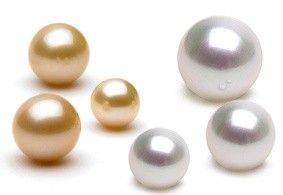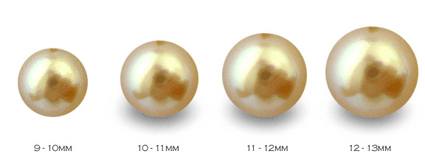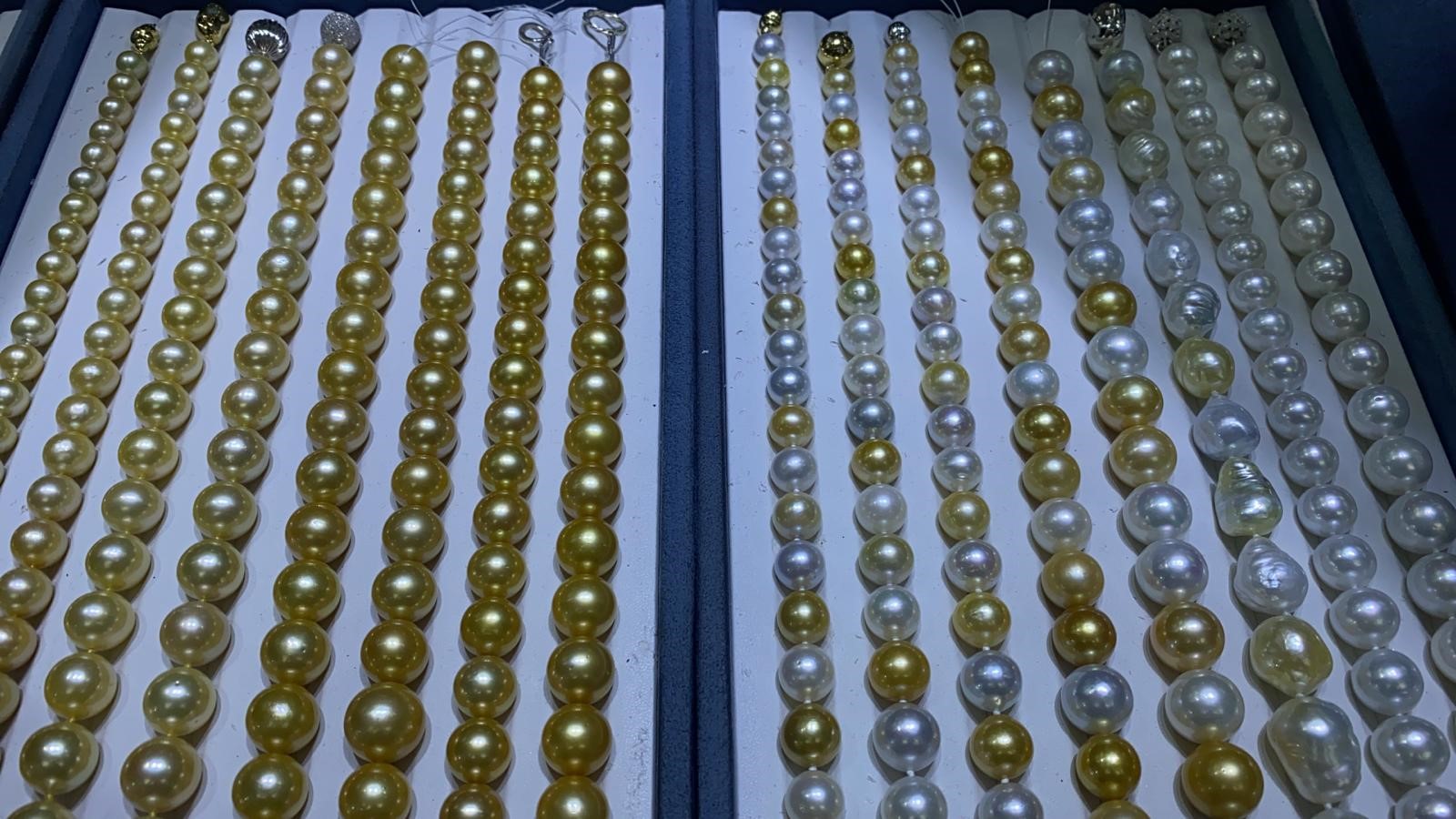Why the Pearls of Australia
Australian pearls are the most precious and radiant pearls in the world. Indeed, their luster is brilliant. In addition, the techniques used by Pearl Growers in Australia have been practicing this profession of growing pearls for decades. The tradition of pearl culture has been passed down from generation to generation. Pearl cultivation is one of Oceania's major economic activities. The expertise of the people of Oceania is therefore incredible. Finally the pearl, the cultivation of pearls in Oceania and especially in Australia has long remained the most important economic activity. It is therefore normal that the pearls of Australia are today of an extraordinary quality and keep this quality for a very long time.
How are Australian Pearls grown?
The process of growing the pearl is the same for all pearls. Thus, the cultivation of the pearl of Australia follows the same processes as the cultivation of the tahitian pearl or Japan. However, different environments have modified these initially identical practices and today each pearl growing basin has its own culture codes.
The process that remains the same is the basic process of growing pearls. An irritating object is introduced into a special oyster. To protect the oysters will surround the pearls with a kind of shell that will become the mother-of-pearl. Thus the pearl is formed. The bigger the oyster, the bigger the pearl will be. Many other factors influence the quality and size of pearls such as water quality.
For Australian pearls, Pinctada Maxima oysters are used. This oyster with gold and silver lips is only found near Australia. Thus its pearls are unique, very precious and rather rare.

What are the criteria for classifying Australian Pearls?
Like all other beads there are many classification tables. Usually, there are no rules or official international classification as for diamonds or other gemstones. However, there are several classifications to determine the potential value of a pearl. Keep in mind that this value can change over time because the quality of the mother-of-pearl can deteriorate very easily as well as the shine. In the same way some pearls will keep their value over time and even see their value increase over time. Unfortunately, we cannot yet determine in advance what these pearls will be. So it's a bit of a part of the mystery of the sea and precious pearls.
Among the many existing classifications of Australian pearls, there are two widely used ones. These two classifications use the same criteria and are therefore often confused.
These criteria are six and vary from A, the highest score, to the D grade, the worst score. Once a pearl has been assessed, its value is not to be questioned. Indeed, they are pearl specialists who study their value. These six criteria are: shape, surface quality, quality of luster, quality of mother-of-pearl, colour and diameter.
Obviously, pearls with that A's have a higher value than pearls with two D's and two C's. Pearls called TOP Gems also exist. These beads always have the best qualities for all criteria. When the pearl with only A's is almost perfect, the Top Gem pearl is perfect. Its value can sometimes exceed tens of thousands of euros. Indeed, these pearls have an exceptional lifespan. The lifespan of a pearl corresponds approximately to the quality of its mother-of-pearl.

History of the Pearls of Australia
Australian pearls have a rather interesting history because they are the first pearls to have been researched and produced on a large scale. In reality, there was no pearl culture at the time. Swimmers were sent into the water to retrieve the pearls from Pinctada Maxima oysters. This task may seem very difficult in the middle of the 19th century because of the vastness of the ocean however, as early as 1861, navigators discovered underwater areas with an extremely high density of pearl oysters. This density of oysters allowed swimmers to take more pearls and thus to have a greater amount of pearls. It was also at this time that pearls were increasingly used in Europe by monarchs and high dignitaries. Their value was exceptional at the time but every year more and more pearls arrived on the European market.
It was in 1965 that the first pearl farm in Australia appeared. Pearl cultivation was started by the Japanese several years before. Indeed it is the Japanese who first introduced objects into the oyster to form a pearl. This is the beginning of production in large quantities. Let's get back to the pearls of Australia. This farm, established in 1965, quickly became a reference and grew very quickly. It produced more than half of the South Sea pearls for several years in a row.
The quality of the brilliance of the Australian pearls comes from the gestation of the pearl. Instead of keeping the pearl for fifteen months, the oyster grown to obtain pearls from Australia keeps the pearl for more than thirty months! This duration can even be extended if the oyster is really of quality.
In addition, pearl growers in Australia have developed an exceptional pearl cleaning process and taken over around the world to highlight the brilliance of pearls.
Pearl growers in Australia have been looking to innovate more and more since 1965. New pearl production techniques are coming from Australia. These techniques have made it possible to thicken the mother-of-pearl of Australian pearls which have an exceptional thickness of more than three millimetres on average! So these are the pearls with the thickest mother-of-pearl!

Research associated with Pearls of Australia
Akoya Pearl, White Pearl Necklace, Pearls of Australia Jewelry, Fine Pearl Necklace, Australian Culture Pearl, Australian Pearl, Pearl of Pearl, Pearl of Australia Awards, Australian Culture Pearl, South Sea Pearl, South Sea Pearl Sale, Golden Pearls, Pearl of Australian Culture.
